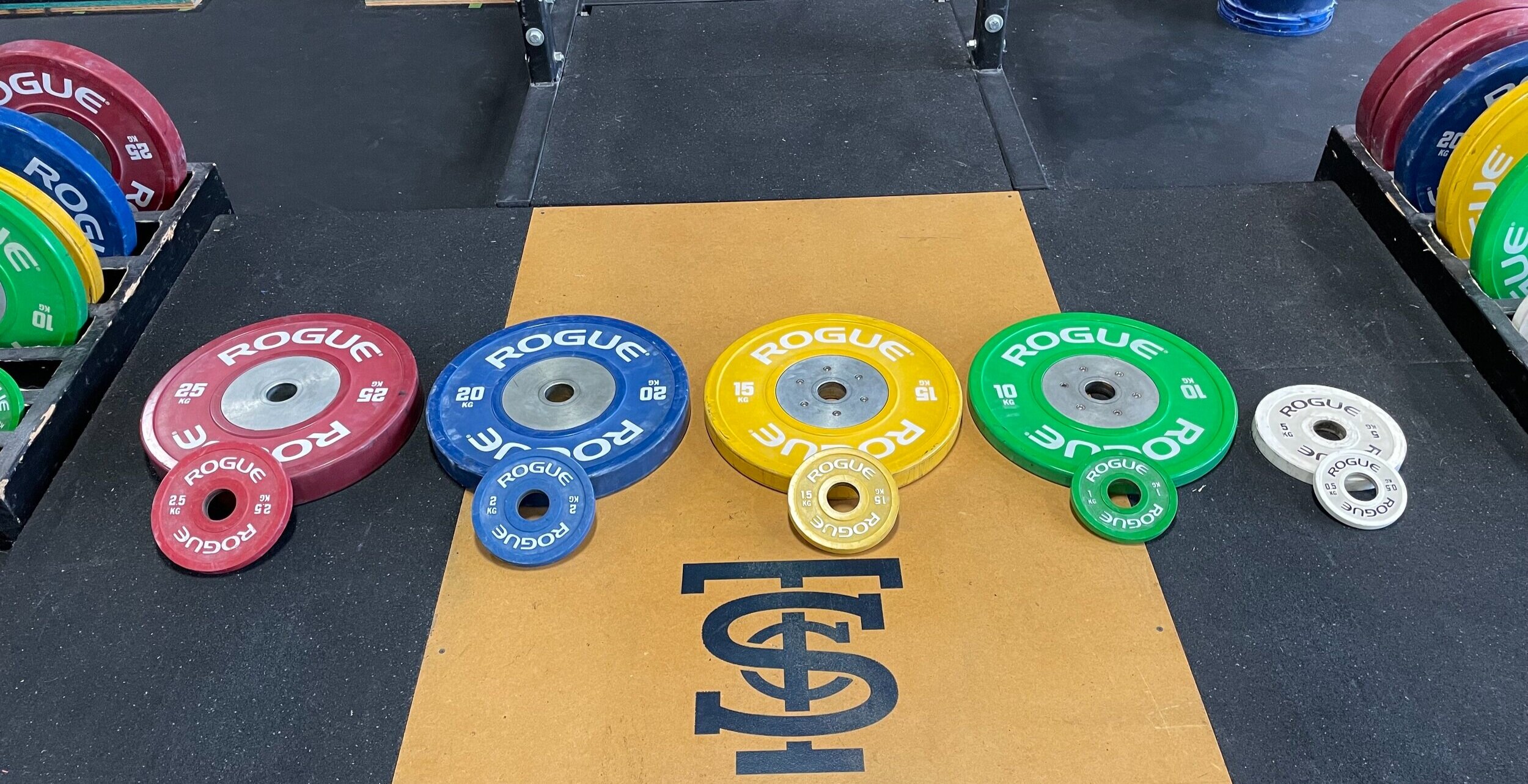Rogue Fitness makes a number of different power racks, but you should only buy one of them. Specifically, get the R-3 Power Rack. More specifically, don’t get anything in the Monster Lite or Monster line of equipment. Here’s why:
Same functionality at a lower price
When it comes to barbell training - squatting, pressing, benching, etc. - the R-3 will do everything that it’s fancier, beefier cousins in the Monster Lite (ML) and Monster (M) lines will do, but it will do it at a lower price point. We have the bolt-together version of the R-3 at Testify (“R-3BT”), and here’s the price comparison across the three lines of equipment as of August 2021:
R-3BT (R-Series line): $785
RML-390BT (ML line): $910
RM-3 (M line): $1,180
Looking at these numbers, you’ll save anywhere from $125 - $395 by choosing the R-3 over the pricer models. I’ve heard some people claim that they want the ML or M versions because those racks can hold more weight. Know this - according to Rogue, the j-hooks on the R-3 are rated to hold 1,000 lbs each . . . and the hooks are the weakest point of the entire rack. You’re welcome to purchase something stronger - just know that it’s a preference and not anything like a necessity.
More room inside and outside the cage
The R-3 uses 2” x 3” tubing for the uprights while the ML and M lines utilize 3” x 3” tubing. This means that each upright on the ML and M versions is 1” wider than that of the R-3. This, in turn, means that you’ll lose a half-inch horizontally per upright on the inside of the cage (for a total loss of 1”), and you’ll also lose a half-inch horizontally per upright on the outside of the cage (again, for a total loss of 1”). In other words, going with the ML/M lines, you are choosing a rack that is both 1” narrower on the inside as well as 1” wider on the outside.
Regarding the width inside the rack - if you have stiff, inflexible shoulders, then you’ll appreciate all the room inside the cage you can get when placing your hands on the bar to squat. The last thing you want is to lose a pinky finger when racking the bar at the end of a set or possibly when setting the bar on the safeties in the case of a missed rep. The R-3 wins here.
Regarding the width outside the rack - if you’ve ever rattled the plates against the outside of the rack when unracking or racking a squat or a press, then the last thing you want is a wider rack that would make that situation all the more likely. Not everyone has this problem, but it’s certainly common enough to take into account when purchasing your rack. Again, the R-3 wins in this department.
It’s worth noting that, by going with the ML/L lines, you get some customization options that you don’t get with the R-3, and if that’s worth the extra money to you, that is absolutely fine (and the paint colors do look pretty sweet). However, for sheer price and function (and if you’re specifically shopping at Rogue), our recommendation is to get the R-3 - either the welded version or the bolt-together version. If you stop and visit us at Testify Strength & Conditioning in Omaha, NE, you’ll see we’ve definitely put our money where our mouth is (mouths are?).



